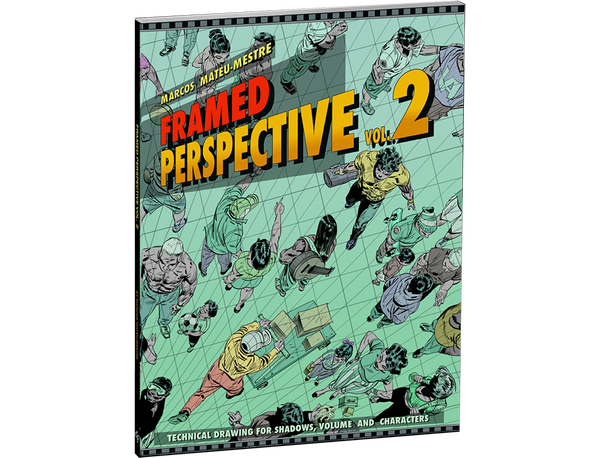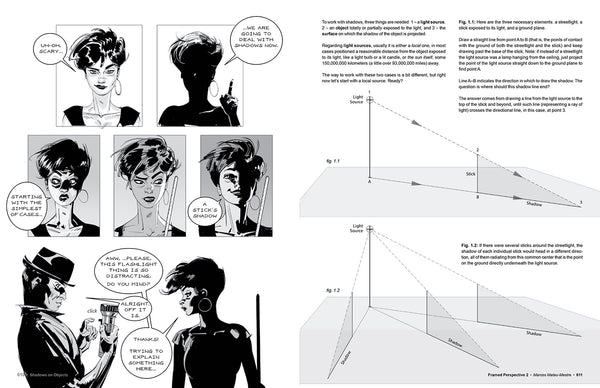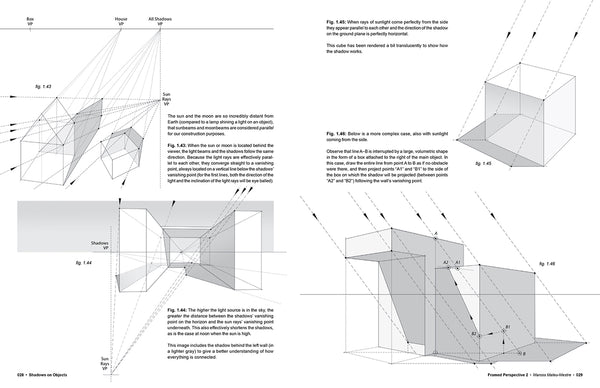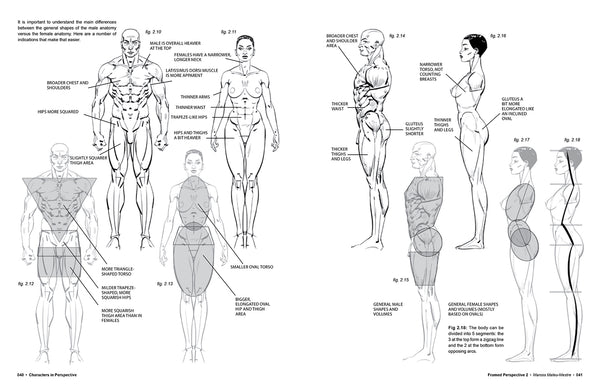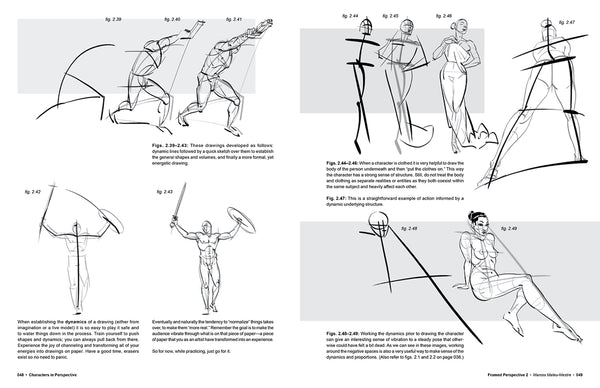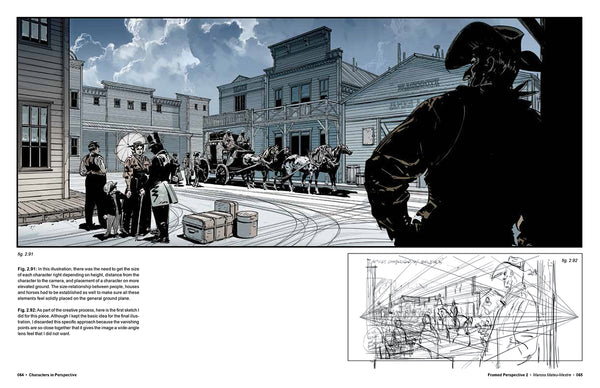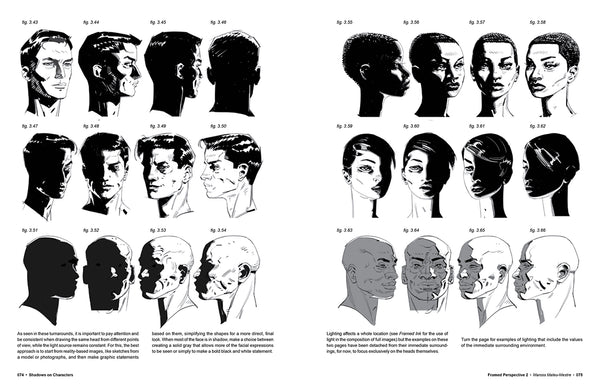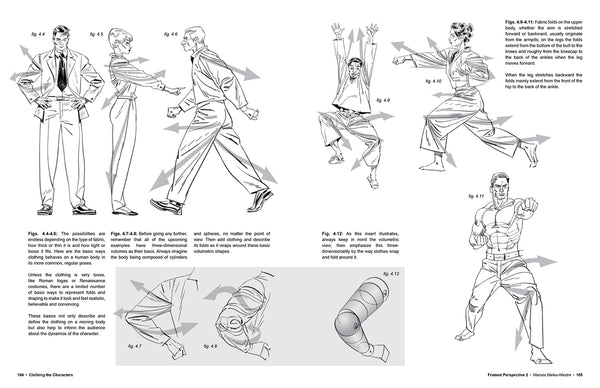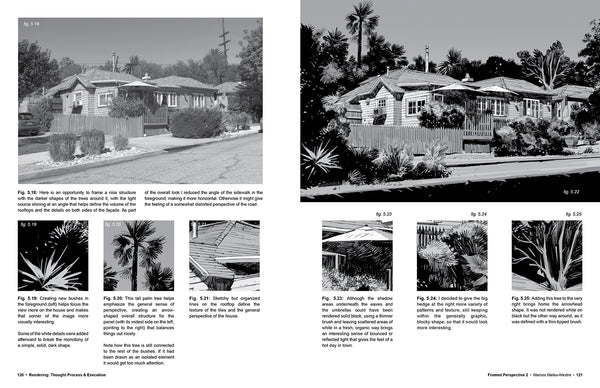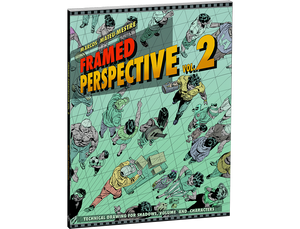
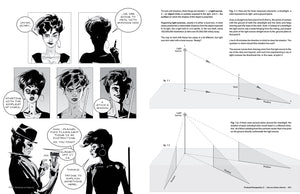

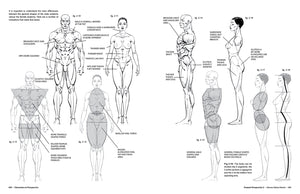
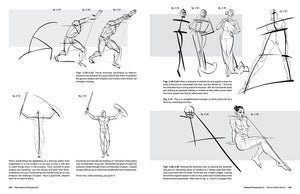
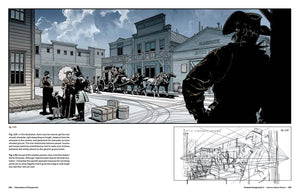
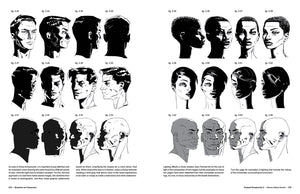
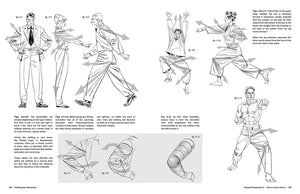

Framed Perspective vol. 2
Marcos Mateu-MestreBuilding on the foundation established with Framed Perspective vol. 1: Technical Drawing for Visual Storytelling, artist and best-selling author Marcos Mateu-Mestre delves deeper into particular elements that can make or break an illustration with Framed Perspective vol. 2: Technical Drawing for Shadows, Volume, and Characters.
Here he covers such challenging tasks as projecting shadows in proper perspective on various environments and depicting characters in perspective set in different situations—and makes them less daunting. You will also learn how to effectively observe a model or object in order to extract just the right amount of information to then translate it into an impactful graphic and visual image, the goal of every visual storyteller.
Only in Framed Perspective vol. 2, will you find Mateu-Mestre’s imaginative scenes explored in great detail, revealing invaluable drawing techniques—from how to capture the essence of a character with one gestural line, to using clothing folds to further define the shape and volume of a character—to help you drastically improve your drawings. It all depends on your perspective!
| Format: | softcover |
|---|---|
| Publication Date: | November 2016 |
| Pages: | 132 pages |
| Size: | 8 1/2 x 11 inches |
| ISBN: | 978-1-624650-32-1 |

